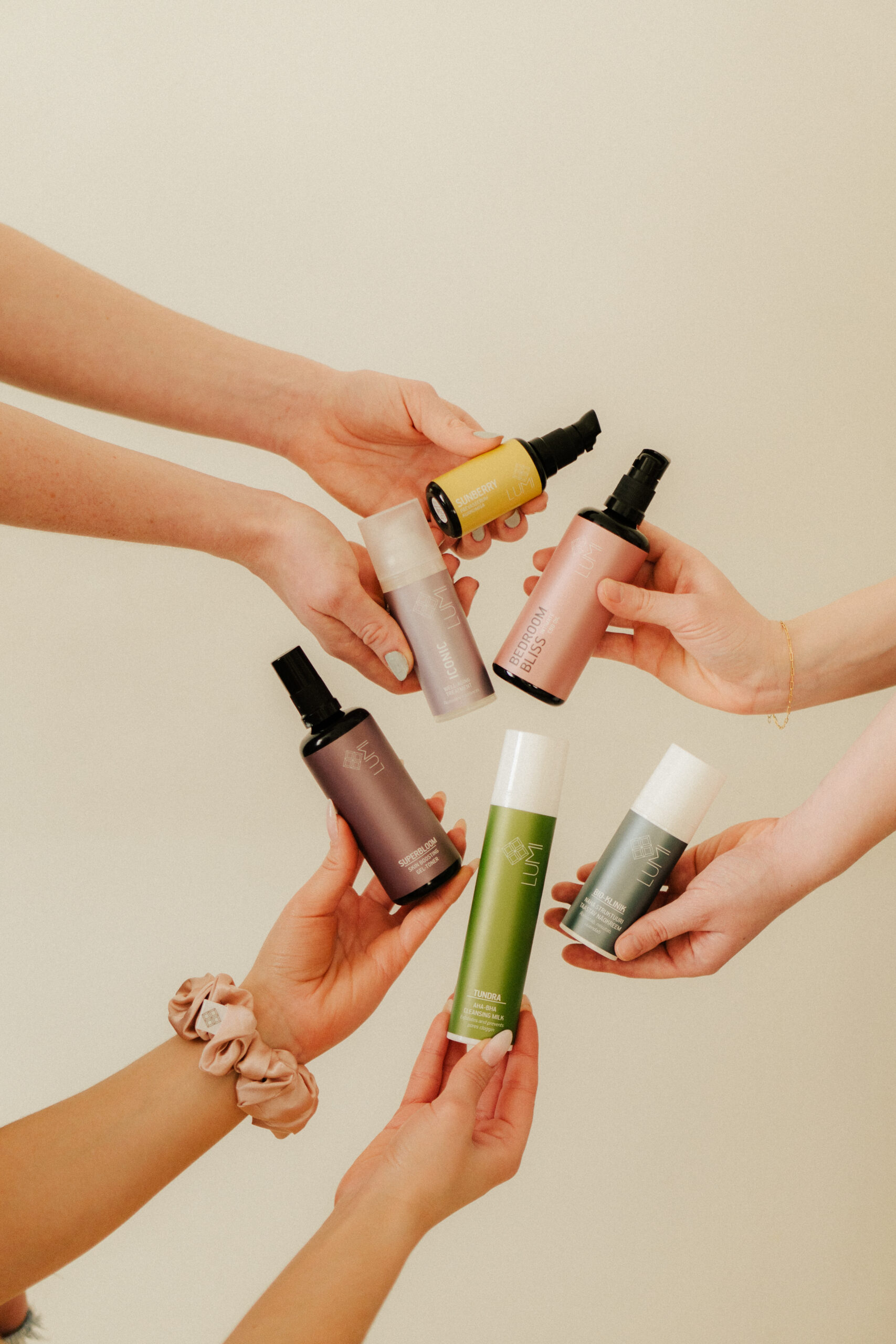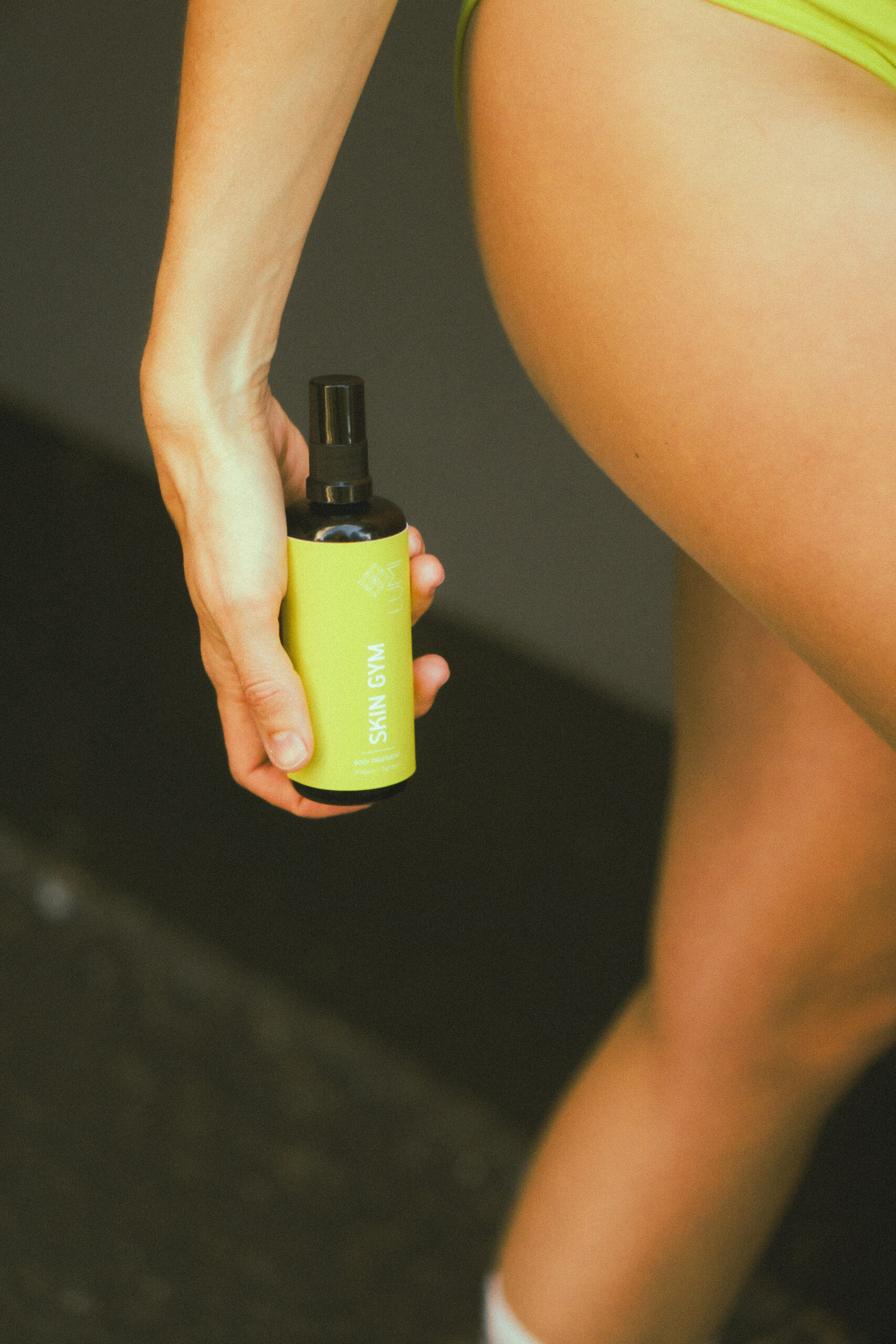Powerful Freshness with Small Molecular Hyaluronic Acid
In the morning, when we reach for our toning cream, we rarely think about the molecular structure of its ingredients. Why should we? However, when it comes to hyaluronic acid, its effectiveness is deeply influenced by the production process and the size of its molecules. Let’s explore what hyaluronic acid is and discover the benefits it offers in skincare products.
The Body’s Own Moisturizer
Hyaluronic acid is a buzzword in the cosmetics industry. This substance gained significant attention in the 1990s after reports from Yuzurihara, Japan, where many residents live to be 90 and older, maintaining vitality even with heavy smoking. Researchers attribute this longevity to the local diet rich in vegetables containing plant estrogen, which stimulates hyaluronic acid production.
Hyaluronic acid is a molecule common to humans and many other species, forming a gel-like intercellular filling in tissues. For example, an adult weighing 60 kilograms has approximately 12 grams of hyaluronic acid, with over half located in the skin.
The Moisture Retainer
One of hyaluronic acid’s crucial properties is its ability to maintain tissue moisture balance, essential for skin well-being. A single hyaluronic acid molecule can bind 1000 times its weight in water.
A hyaluronic acid-rich environment protects against physical shocks, making the skin elastic and mobile. Research shows it also shields against free radical damage, stimulates collagen production, and has anti-inflammatory effects.
Anti-Wrinkle Wonder
As we age, our bodies produce less hyaluronic acid, reducing the skin’s water retention capacity. An adult has 20 times less hyaluronic acid than a baby. This lower water content leads to skin thinning and wrinkle formation. Replenishing lost hyaluronic acid externally can help revitalize the skin.
Size Matters
Natural hyaluronic acid is a large molecule that can’t penetrate the epidermis without special biotechnological treatment, thus only hydrating the skin’s top layer. Today, cosmetic products feature various molecular sizes of hyaluronic acid, making it important to monitor molecular weight for deep hydration. Research indicates that small-molecule hyaluronic acid not only moisturizes but also has anti-aging effects.
“The natural renewal of the dermis and the properties of connective tissue cells directly depend on the amount of hyaluronic acid, which decreases with age. Therefore, it is recommended to start using products containing hyaluronic acid when the first signs of aging appear. The smaller the molecule, the deeper it is absorbed into the skin, while it does not penetrate into the bloodstream. Hyaluronic acid also helps to stimulate the formation of collagen, making the skin elastic and protecting it from UV radiation.” – Meelika Koitjärv, Cosmetic Product Health Safety Assessor and PhD Student at Tallinn University of Technology
Allergens and Production Methods
In addition to molecular size, the production methods of hyaluronic acid are also crucial. It is mainly produced in two ways: isolated from animal tissue or obtained through bacterial fermentation. Hyaluronic acid is abundant in rooster combs, but animal-derived products risk infection from toxic proteins and viruses, potentially causing allergic reactions.
Bacterially produced hyaluronic acid is very pure and highly biocompatible with the human body. However, pathogenic strains like streptococcus can introduce bacterial toxins, proteins, nucleic acids, and heavy metals that may trigger allergies. Thus, the suitability of the bacteria used is essential. The complexity of the production process and obtaining small molecules makes this substance expensive.
Hyaluronic Acid in LUMI Products
- Hyaluronic acid is added to all LUMI creams for better skin hydration.
- We use multi-molecular weight hyaluronic acid to ensure moisture in all skin layers.
- We use low-molecular hyaluronic acid with a molecular weight of 800 kDa.
- The substance is manufactured through an allergen- and pathogen-free process.

